Are you tired of store-bought salad greens that lack flavor and freshness? Why not grow your own Salad Greens in pots right at home? Whether you have a spacious backyard or just a small balcony, this guide will show you how to cultivate delicious, nutrient-packed greens with ease. Let’s get started!
Salad Greens :
Choosing the Right Pot:
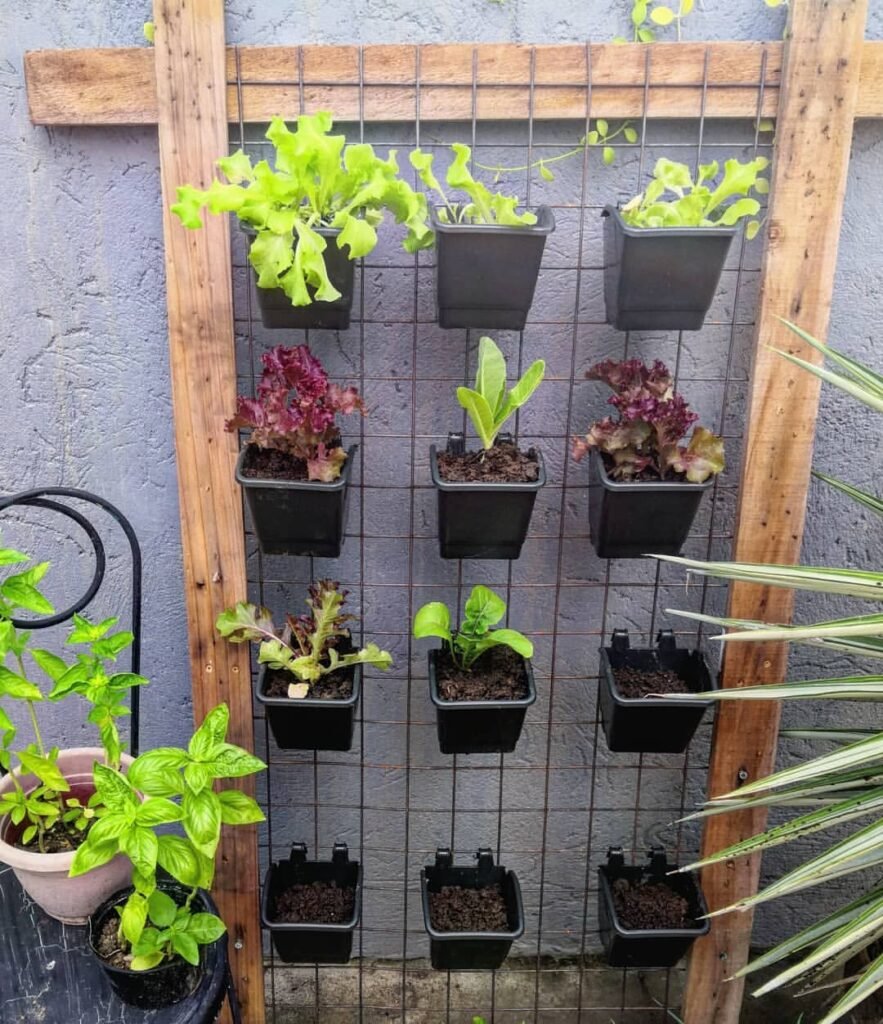
- Size Matters: Opt for pots that are at least 8-12 inches deep and wide. This provides enough space for roots to grow and prevents overcrowding.
- Drainage is Key: Ensure your pots have drainage holes at the bottom to prevent waterlogged soil, which can lead to root rot.
Selecting the Perfect Greens:
Varieties:
Lettuce:
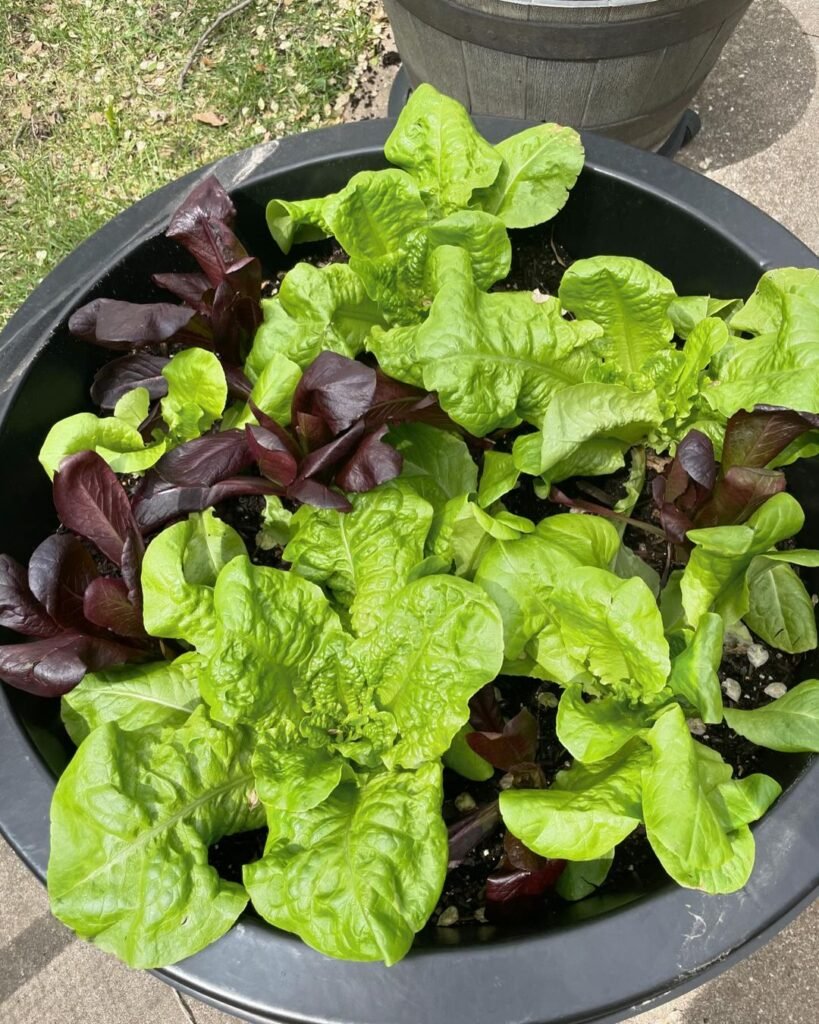
Here’s a short information chart for Lettuce:
| Attribute | Information |
|---|---|
| Botanical Name | Lactuca sativa |
| Plant Type | Annual vegetable |
| Soil Type | Well-drained, fertile soil, rich in organic matter |
| Zones | 2-11 (USDA Hardiness Zones) |
| Exposure | Full sun to partial shade |
| Bloom Time | Spring and fall (grown for leaves) |
| Height/Spread | 6-12 inches tall / 6-12 inches wide |
There are numerous types of lettuce, including butterhead, romaine, and leaf lettuce. Flavor-wise, it’s mild and slightly sweet.
Spinach:
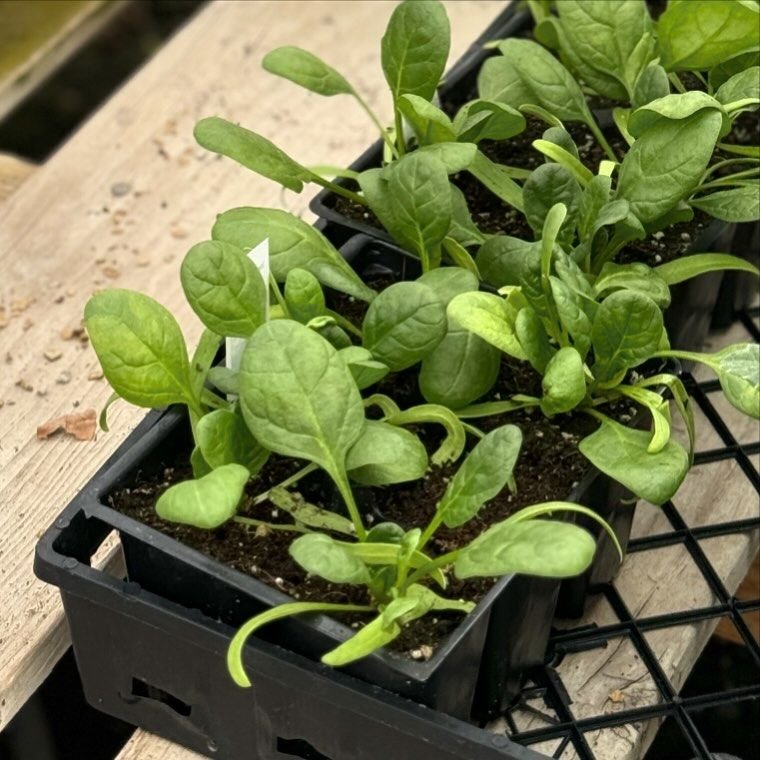
Here’s a short information chart for Spinach:
| Attribute | Information |
|---|---|
| Botanical Name | Spinacia oleracea |
| Plant Type | Annual vegetable |
| Soil Type | Well-drained, fertile soil, rich in organic matter |
| Zones | 2-9 (USDA Hardiness Zones) |
| Exposure | Full sun to partial shade |
| Bloom Time | Spring and fall (grown for leaves) |
| Height/Spread | 6-12 inches tall / 6-12 inches wide |
Varieties include common spinach and baby spinach, with a mild, slightly earthy flavor.
Arugula:

Here’s a short information chart for Arugula:
| Attribute | Information |
|---|---|
| Botanical Name | Eruca vesicaria subsp. sativa |
| Plant Type | Annual vegetable |
| Soil Type | Well-drained, fertile soil, rich in organic matter |
| Zones | 3-11 (USDA Hardiness Zones) |
| Exposure | Full sun to partial shade |
| Bloom Time | Spring and fall (grown for leaves) |
| Height/Spread | 6-12 inches tall / 6-12 inches wide |
Available in standard arugula and wild arugula varieties, it offers a peppery and slightly nutty taste.
Kale:

Here’s a short information chart for Kale:
| Attribute | Information |
|---|---|
| Botanical Name | Brassica oleracea var. sabellica |
| Plant Type | Biennial grown as an annual vegetable |
| Soil Type | Well-drained, fertile soil, rich in organic matter |
| Zones | 7-9 (USDA Hardiness Zones) but can be grown as an annual in cooler climates |
| Exposure | Full sun to partial shade |
| Bloom Time | Late spring to early summer (grown for leaves) |
| Height/Spread | 1-3 feet tall / 1-2 feet wide |
Choose from curly kale and Lacinato (dinosaur kale), known for its earthy and slightly bitter flavor.
Swiss Chard:
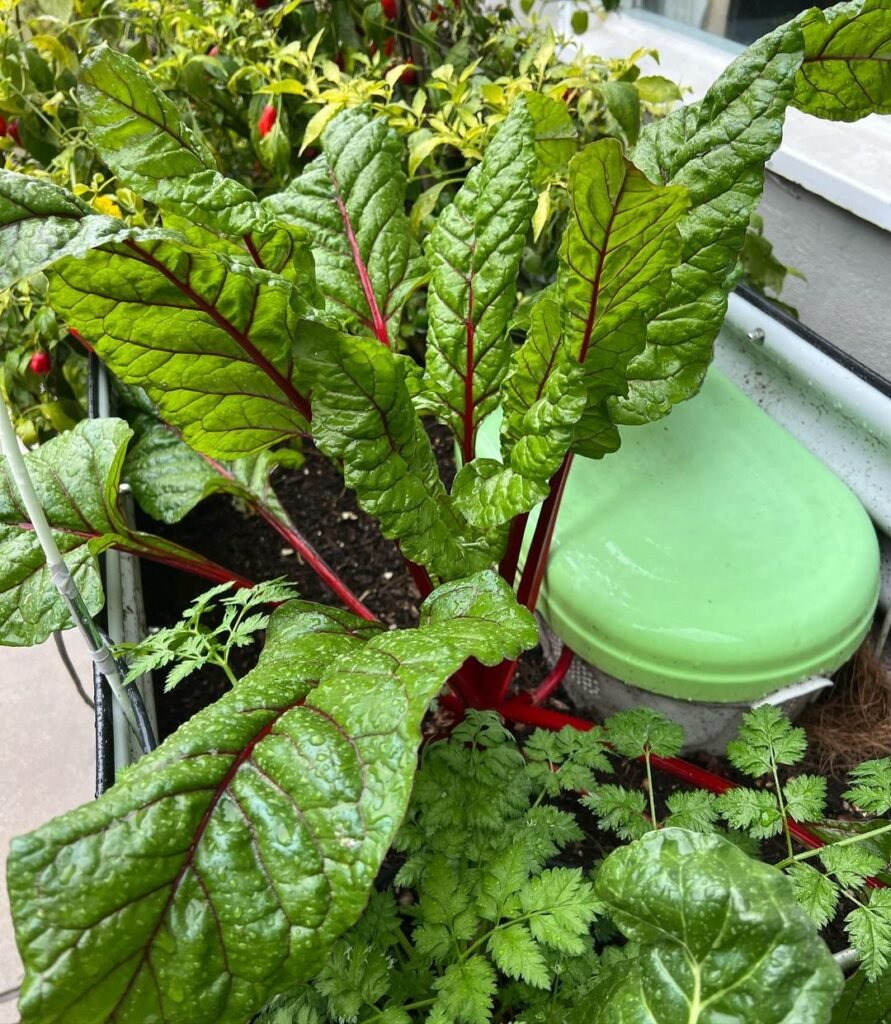
Here’s a short information chart for Swiss Chard:
| Attribute | Information |
|---|---|
| Botanical Name | Beta vulgaris subsp. cicla |
| Plant Type | Biennial grown as an annual vegetable |
| Soil Type | Well-drained, fertile soil, rich in organic matter |
| Zones | 3-10 (USDA Hardiness Zones) |
| Exposure | Full sun to partial shade |
| Bloom Time | Summer to fall (grown for leaves) |
| Height/Spread | 1-2 feet tall / 1-2 feet wide |
Varieties like rainbow chard and Fordhook Giant provide mild, slightly beetroot-flavored leaves.
Mizuna:
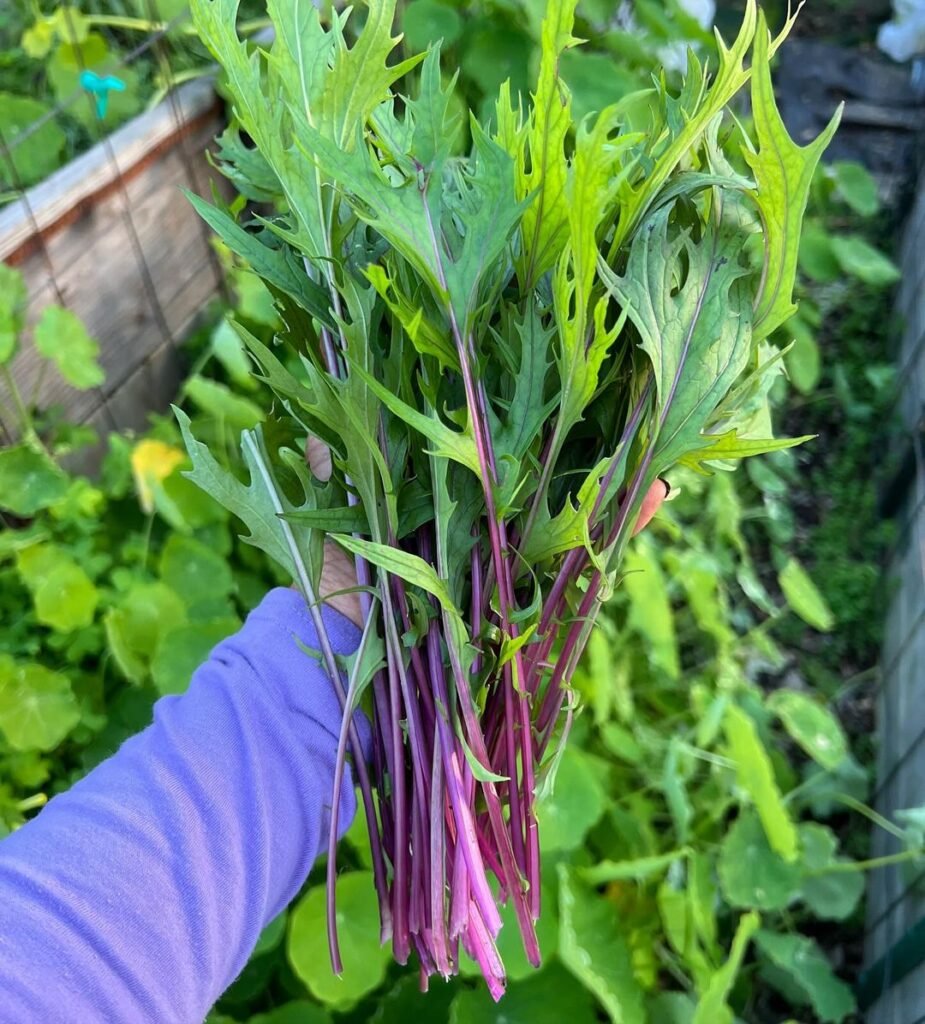
| Attribute | Information |
|---|---|
| Botanical Name | Brassica rapa var. nipposinica |
| Plant Type | Annual vegetable |
| Soil Type | Well-drained, fertile soil, rich in organic matter |
| Zones | 4-9 (USDA Hardiness Zones) |
| Exposure | Full sun to partial shade |
| Bloom Time | Spring and fall (grown for leaves) |
| Height/Spread | 12-18 inches tall / 12-18 inches wide |
This green is often available in green or purple varieties and offers a peppery, slightly spicy taste.
Radicchio:

Here’s a short information chart for Radicchio:
| Attribute | Information |
|---|---|
| Botanical Name | Cichorium intybus var. foliosum |
| Plant Type | Biennial grown as an annual vegetable |
| Soil Type | Well-drained, fertile soil, rich in organic matter |
| Zones | 4-9 (USDA Hardiness Zones) |
| Exposure | Full sun to partial shade |
| Bloom Time | Late summer to fall (grown for heads or leaves) |
| Height/Spread | 6-12 inches tall / 8-12 inches wide |
Varieties like Radicchio di Chioggia and Radicchio di Treviso are slightly bitter with a hint of spice.
Frisée:
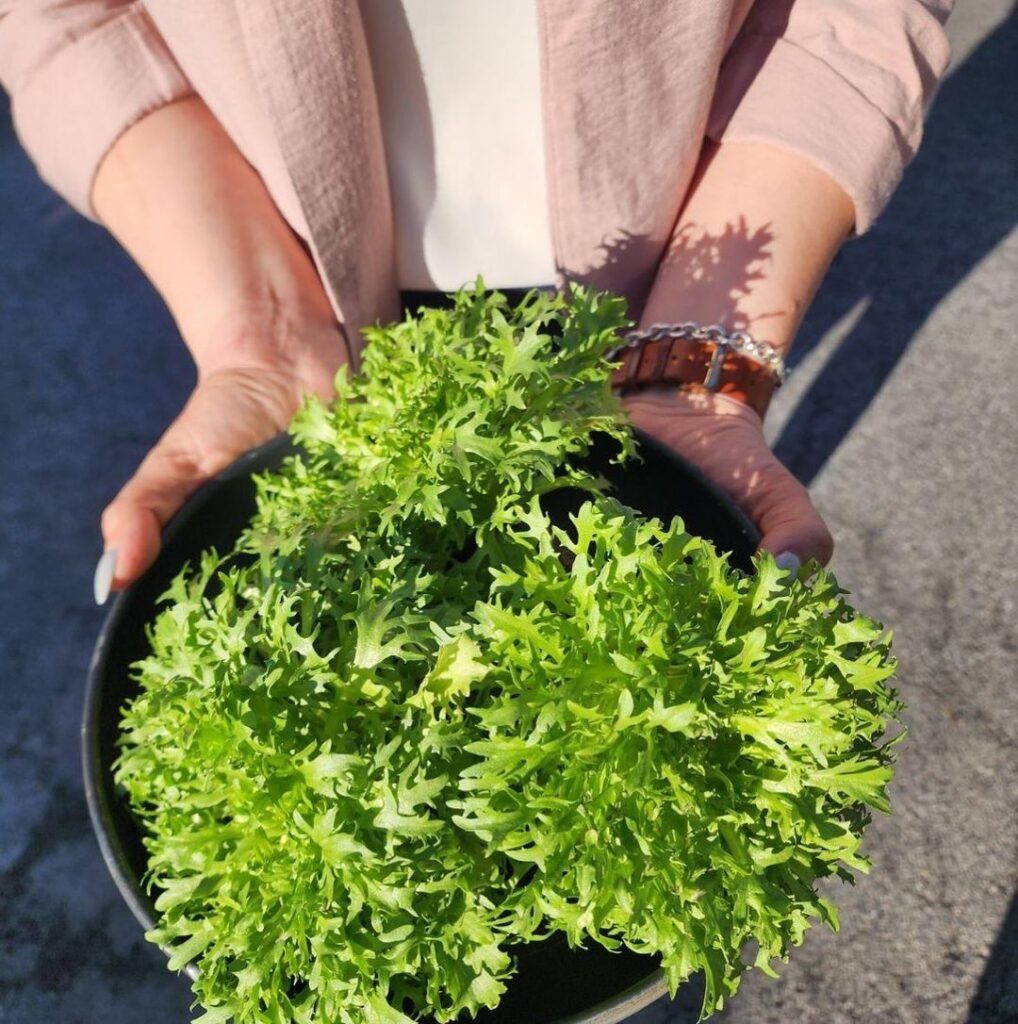
Here’s a short information chart for Frisée:
| Attribute | Information |
|---|---|
| Botanical Name | Cichorium endivia var. crispum |
| Plant Type | Annual or biennial vegetable |
| Soil Type | Well-drained, fertile soil, rich in organic matter |
| Zones | 4-10 (USDA Hardiness Zones) |
| Exposure | Full sun to partial shade |
| Bloom Time | Grown for leaves, typically harvested in spring and fall |
| Height/Spread | 6-12 inches tall / 6-12 inches wide |
Available as curly frisée and flat-leaved frisée, it adds a slightly bitter, delicate texture to salads.
Endive:

Here’s a short information chart for Endive:
| Attribute | Information |
|---|---|
| Botanical Name | Cichorium endivia |
| Plant Type | Annual or biennial vegetable |
| Soil Type | Well-drained, fertile soil, rich in organic matter |
| Zones | 4-9 (USDA Hardiness Zones) |
| Exposure | Full sun to partial shade |
| Bloom Time | Late summer to fall (grown for leaves) |
| Height/Spread | 12-18 inches tall / 12-18 inches wide |
Belgian endive and escarole varieties offer a slightly bitter taste with a hint of nuttiness.
Radish Greens:
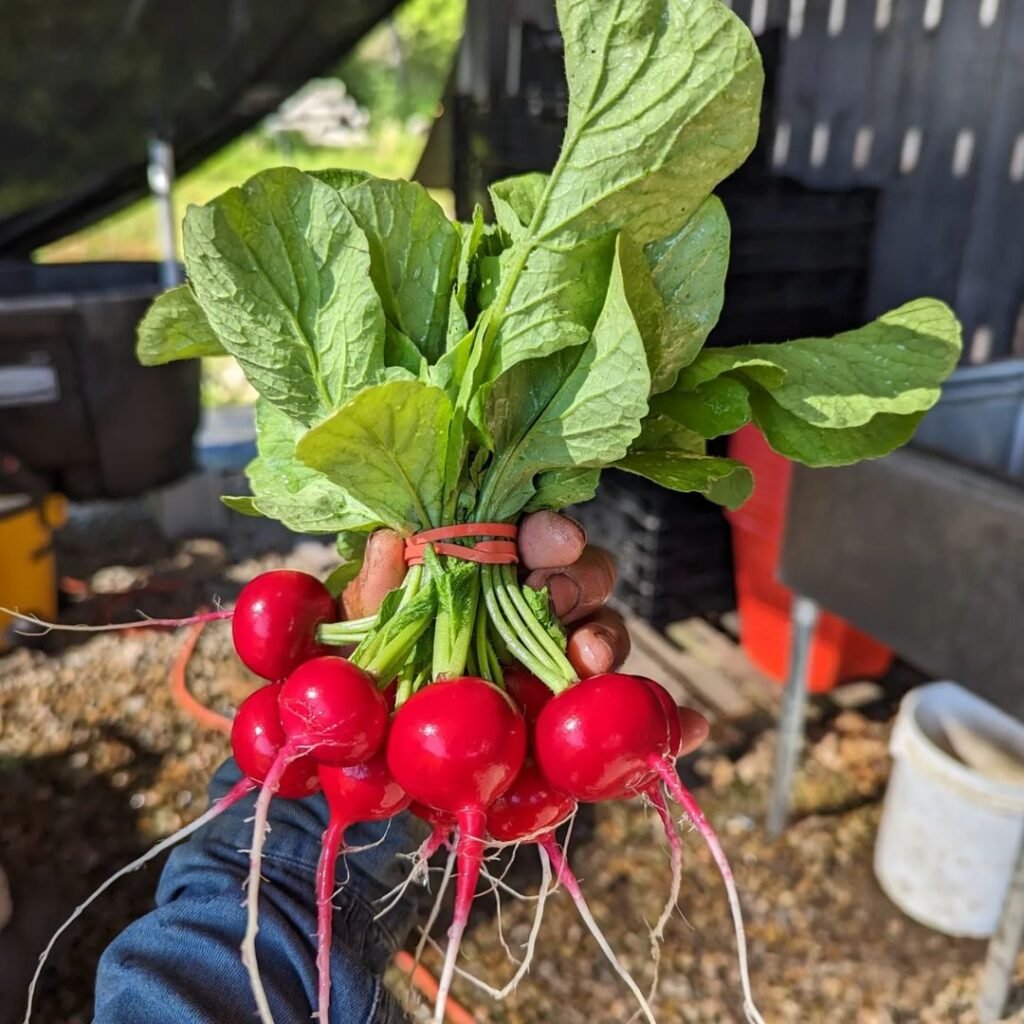
Here’s a short information chart for Radish Greens:
| Attribute | Information |
|---|---|
| Botanical Name | Raphanus sativus |
| Plant Type | Annual vegetable |
| Soil Type | Well-drained, fertile soil, rich in organic matter |
| Zones | 2-11 (USDA Hardiness Zones) |
| Exposure | Full sun to partial shade |
| Harvest Time | Spring to fall |
| Height/Spread | 6-18 inches tall / 6-12 inches wide |
Use the tender, young leaves of radish plants to add a peppery and mildly spicy kick to your salads.
Seeds or Seedlings: Decide whether you want to start from seeds or purchase seedlings from a nursery. Seedlings are convenient for beginners.
Potting Mix and Planting:

- Quality Soil: Use a high-quality potting mix rich in organic matter. Avoid garden soil, as it may contain pests and diseases.
- Planting Depth: Follow the instructions on the seed packet or plant your seedlings at the recommended depth.
Watering and Sunlight:
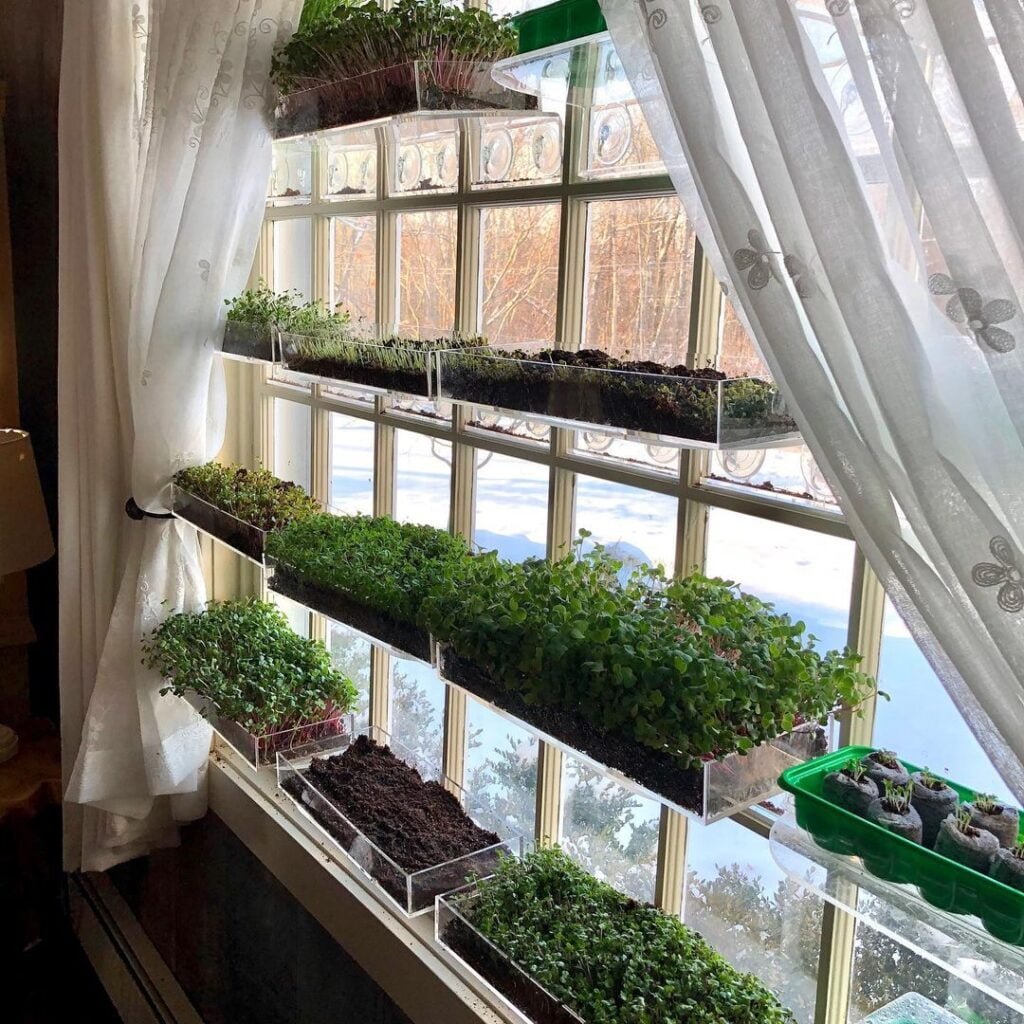
- Consistent Watering: Keep the soil consistently moist but not soggy. Water when the top inch of soil feels dry.
- Sunlight Requirements: Place your pots in a location that receives at least 4-6 hours of direct sunlight daily.
Maintenance and Care:
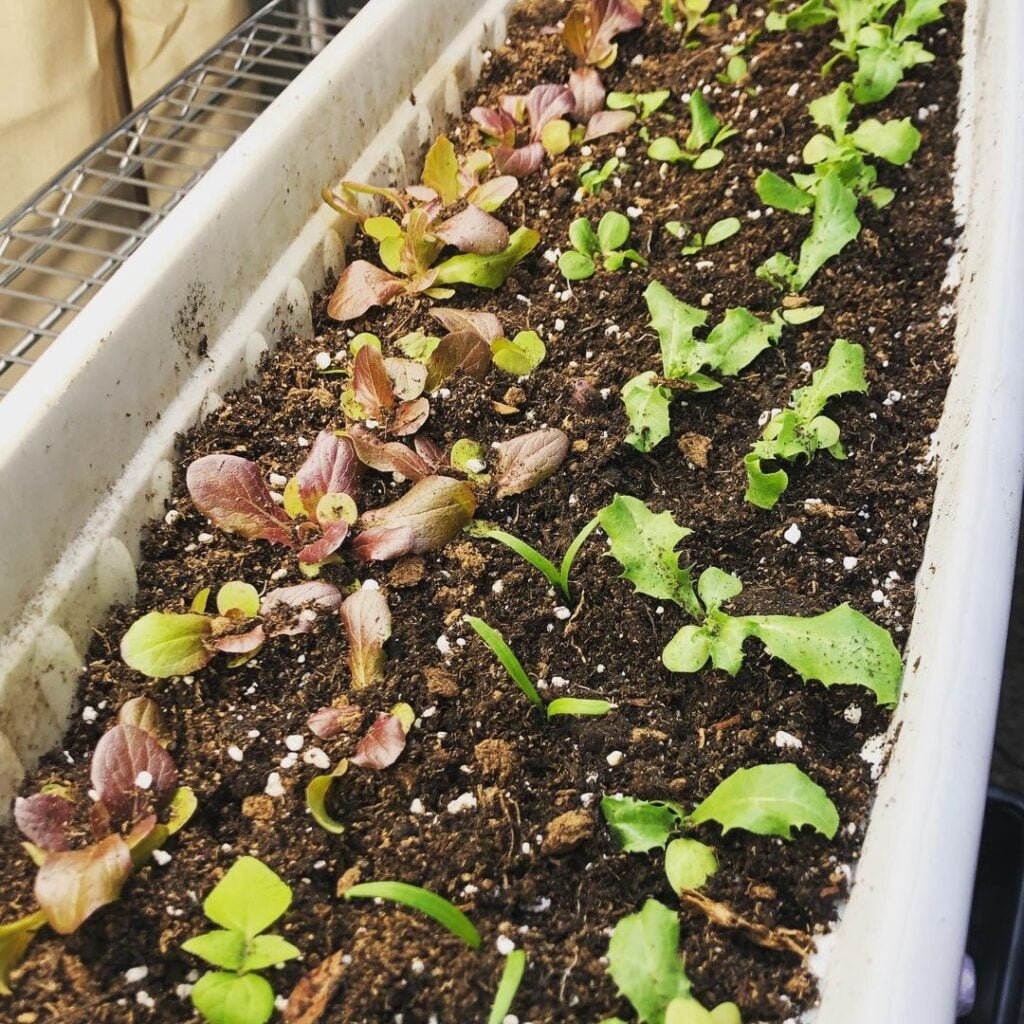
- Fertilizing: Apply a balanced liquid fertilizer every 2-3 weeks to promote healthy growth.
- Thinning: If you started from seeds, thin out overcrowded seedlings to provide ample space for growth.
- Pest Management: Monitor for pests like aphids and caterpillars. Use organic solutions if needed.
Harvesting Your Greens:
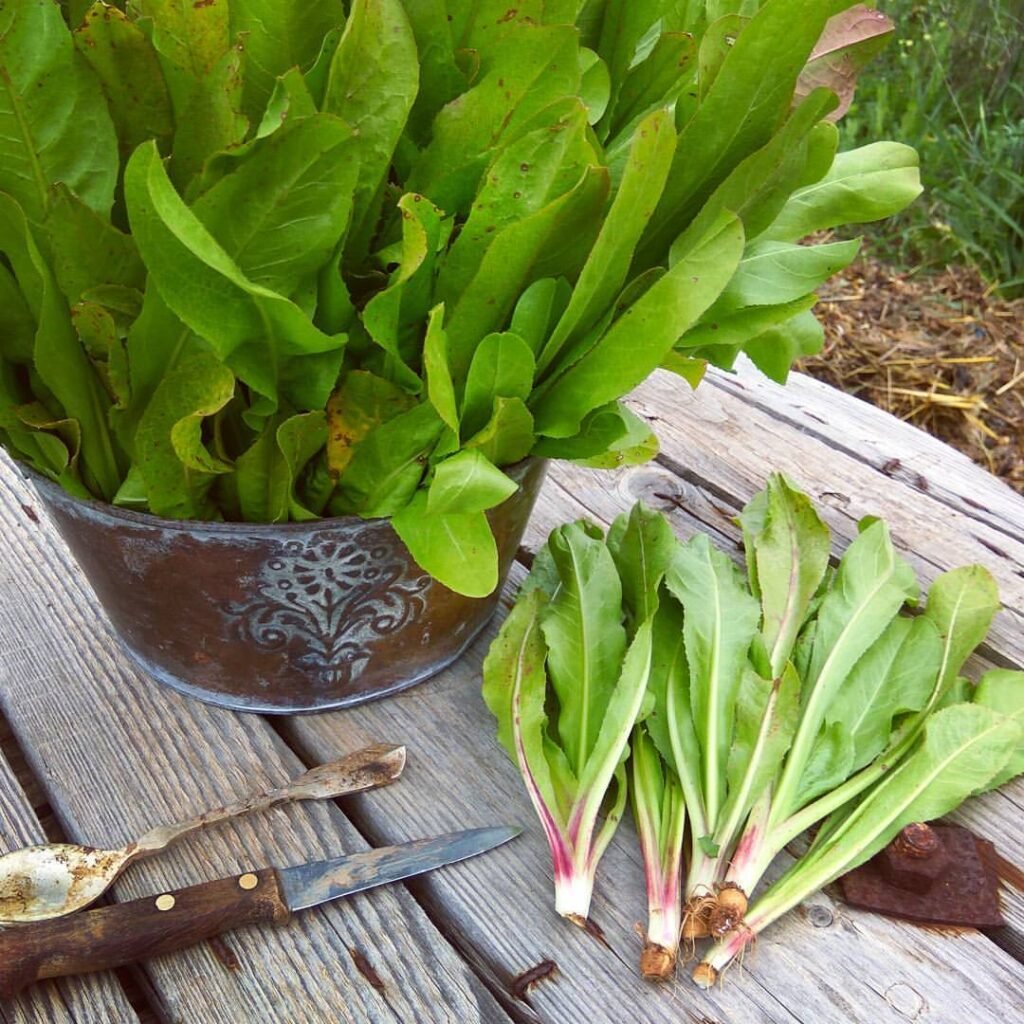
- Timing: Harvest your greens when they reach the desired size, typically around 4-6 inches tall.
- Cut-and-Come-Again: For a continuous harvest, use scissors to snip the outer leaves, allowing the inner ones to keep growing.
Salad Tips:
- Freshness: Nothing beats the flavor of freshly harvested greens, so enjoy your salads right away!
- Variety is the Spice of Life: Experiment with different salad ingredients like tomatoes, cucumbers, and homemade dressings.
Troubleshooting Common Issues:
- Yellowing Leaves: This can indicate overwatering or nutrient deficiencies. Adjust your care accordingly.
- Bolting: When greens start to flower and turn bitter, it’s a sign of hot weather. Provide shade during peak sun hours.
Growing your own salad greens in pots is a rewarding and sustainable way to enjoy fresh, crispy, and nutritious salads throughout the season. Plus, it’s a fantastic way to engage in gardening, even in limited spaces. With the right pot, greens, and care, you’ll soon be relishing salads that are not only good for your health but also a testament to your gardening skills. Happy growing!
Pingback: 10 Easiest Vegetables to Grow at Home - Gardener's School
Pingback: Broccoli Yield: Preventing Flowering for Premium Harvest
Pingback: 10 Best Green Fruits with Pictures - Gardener's School
Pingback: Potato Growth Stages: How to Plant, Grow and Harvest -
Pingback: How to Grow Peppermint: A Complete Guide for Home Gardeners
Pingback: The Amazing Health Benefits of Power Greens -